This banner was made by Moravian nuns of Bethlehem, Pennsylvania, and presented to Colonel Casimir Pulaski in 1778 when he organized an independent corps of 68 horse and 200 foot soldiers at Baltimore. Pulaski bore this banner gallantly through many a campaigns until he was mortally wounded at Savannah, on October 9, 1779. His adjutant, though wounded himself, returned the banner to Baltimore where it is preserved at the museum of the Maryland Historical Society. Presented by Mr. and Mrs. Frank M. Galleher, Jr., and their three sons in memory of her father, Judge W. Moscoe Huntley, a former president of the society.
Pine Tree Flag
Also known as the New England Pine Tree Ensign, this flag was generally used on ships in 1776 and is believed to be one of the flags flown by Commodore Ezek Hopkins, Commander-in-Chief of the Continental Navy. The original is preserved at the United States Naval Academy. Presented by Nathaniel T. R. Burgwyn and Dr. Collinson P. E. Burgwyn in memory of their sister, Emily Burgwyn Sneed.
The Rattlesnake Flag
Usually known as the Ensign of the South Carolina Navy., This flag is believed to have been designed by Colonel Gadsden of South Carolina, in 1776, for the Commander-in-Chief of the Continental Navy. It was also used by various units of the American Army during the Revolution. Captain Gustavus Conyngham flew this flag on his vessels, the Surprise and the Revenge in his successful attacks on British commerce in 1777. The original flag did not survive. Presented by Robert Bolling Lancaster in memory of his ancestor, Captain Robert Bolling.
Flag of Second New Hampshire Regiment of 1777 (Bluff Field)
Under the command of Colonel Enoch Poor, the Second New Hampshire Regiment, originally organized to reinforce John Stark’s Green Mountain Boys, accompanied General Washington across the Delaware on Christmas night 1776 and was at Valley Forge. The original flag (along with a sister flag with blue field) was captured by the British near Ft. Anne, New York on July 8, 1777, and was shipped to England. It was returned in 1912 and now is the collection of the New Hampshire Historical Society. The emblem on the field is a radiating sun with the motto “WE ARE ONE” surrounded by a circle of 13 chain links with States’ names. Presented by Randolph M. Allen, Douglas R. Allen and Thomas N. Allen in memory of their father, William Trousdale Allen.
Flag of Second New Hampshire Regiment of 1777 (Blue Field)
One of two flags of this Regiment (See above flag description). Here, the chain links is replaced by the 2nd Regiments shield, with a scroll above it reading “The Glory Not The Prey”. Presented by H. Merrill Plaisted III, Frederick W. Plaisted II and Parker B. Plaisted in honor of Harris M. Plaisted.
Division Colours of the Seventh Pennsylvania Regiment of 1776
(Also known as the Brandywine Flag). The original is at Independence National Historic Park, in Philadelphia. The Flag was carried at the September 11, 1777 Battle of Brandywine, in a Company that was part of the Seventh Pennsylvania. Presented in honor of Marvin K. Heffner, by his wife Anita and children Suzanne Heffner Brown and John George Heffner.
The Soissonais Regiment
This Regiment formed in 1758 was one of four brought by Rochambeau to America in 1780 to help the young nation gain its independence from England. The flag was presented in memory of Frank M. Galleher, Jr., a former president of the Virginia Society, by his wife, Katherine Huntley Galleher, and his three sons, Frank M. III, Moscoe Huntley, and Wayne B. Galleher.
The Union Flag
There are four flags in this series of the John Paul Jones Coat of Arms. This comprised of red, blue and white stripes and a canton in the upper left bearing a pine tree. It was presented in honor of Frank M. Galleher, Jr., a past president of the Virginia Society.
The First Flag of North Carolina
It is sometimes referred to as the “Beehive Flag” or “Hornet’s Nest”. It was presented by Dr. William Sams Tunner and his sons, William Woodhul and Jonathan Sams, in honor of Dr. Tunner’s parents, Lieutenant General William Henry Tunner, and Sarah Margaret Sams Tunner.
The Brigantine Lexington John Paul Jones Flag
This flag, another in the series the series of John Paul Jones Coat of Arms flags, has the British ensign in the upper left corner. It was presented by Madison and Norma McClintic in memory of William Wallace McClintic, Jr., PFC, USMC, who died of wounds received on Iwo Jima, March 1945.
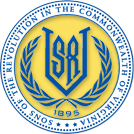

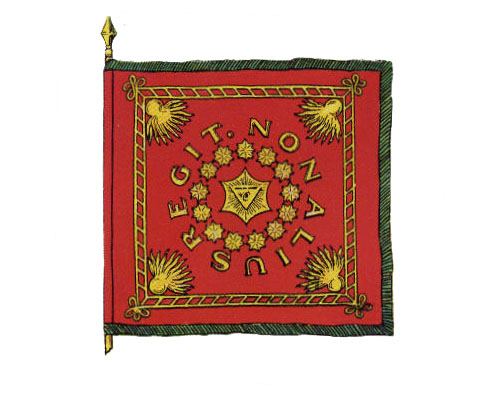
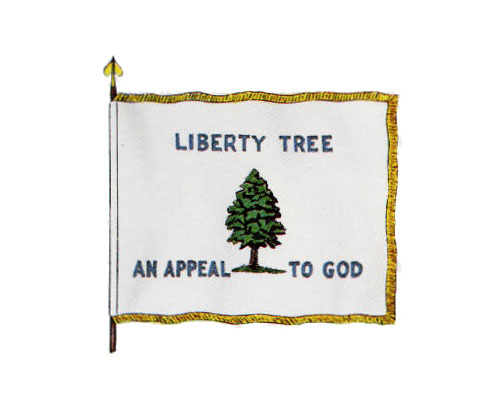
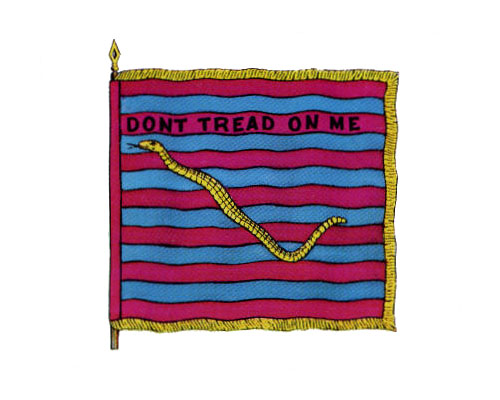
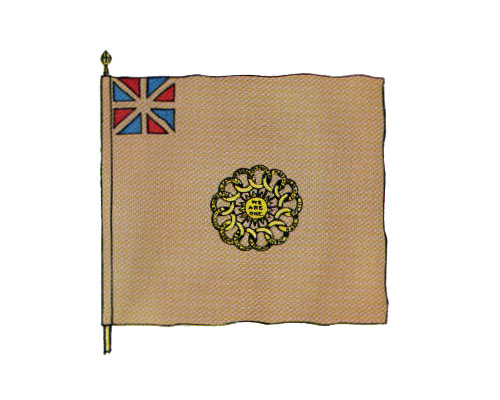
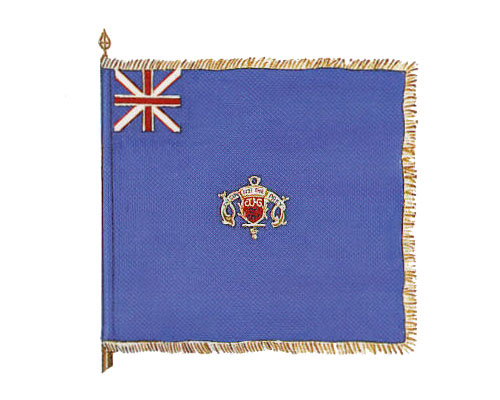
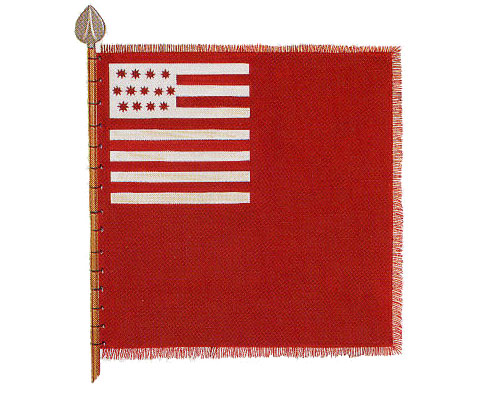
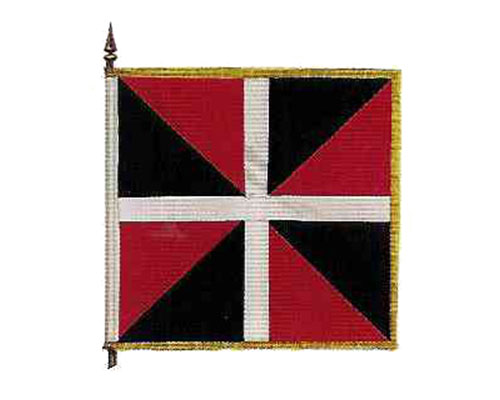
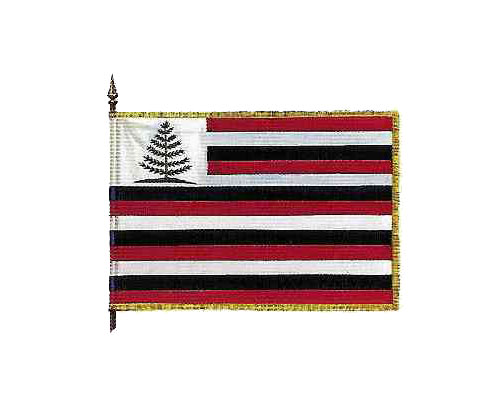
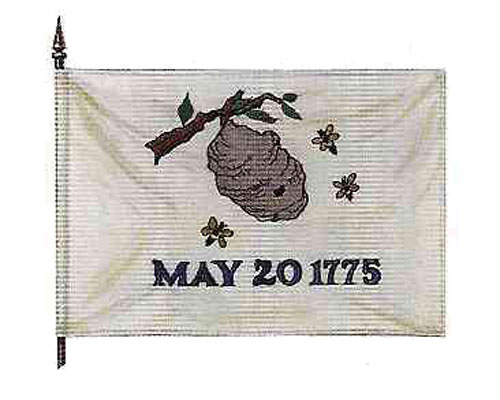
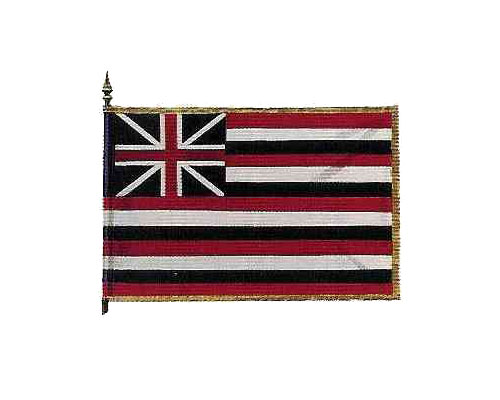
Recent Comments